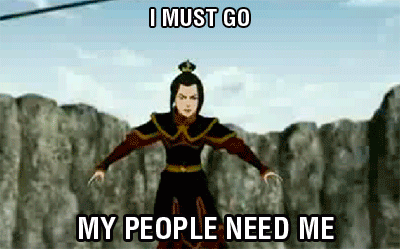The interactivity of video games allows players to project their own imagined narrative on top of (or instead of) the game’s programmed story. This extends the idea of a multiform story as articulated by Murray, “when the writer expands the story to include multiple possibilities, the reader assumes a more active role.” (39) In the case of video games, when the designer includes interactivity, the narrative of the video game must expand to include multiple possibilities, which gives the player agency over how the story plays out. Much like a written narrative or choose-your-own adventure novel, video games give players a lot of freedom to choose, if not an ending, at least the path in which they reach their destination.
Our remix video will take scenes from Portal and Portal 2, and mash them up with “Perfect Day” by Hoku. The goal is to create a video in a style that pulls elements from both the traditional “songvid” and the fake trailer that reimagines Portal’s Chell not as “Test Subject #1” trying to escape from Aperture Laboratories, but as a young, outgoing girl who is eager to take on a variety of challenges. While the song suggests that there is literally “nothing standing in [Chell’s] way,” perhaps referring to the obstacles in each level of the game or more trivially as a carefree display of motivation, the lyrics also function as an analysis of the limitless nature of video games. By combining the song with repurposed visuals from the game, we will illustrate that although there are programmatic confines within a game, players are otherwise unrestricted from playing through the game however they please.
A similar approach was taken in “The Shining (happy version).” By recutting the trailer and setting it to upbeat music, the creator comments on how a story can be reframed with a little viewer imagination. We will take this one step further by creating a remix video bordering on a fake music video in order to enhance the weight placed on the song itself. We believe this will be more effective rhetorically, as it will reframe the existing storyline of Portal by drawing upon imagery provided by the song, not just the tone.
Works Cited:
Murray, Janet Horowitz. “Harbingers of the Holodeck.” Hamlet on the Holodeck: The Future of Narrative in Cyberspace. Cambridge: MIT, 1999. 27-64.







